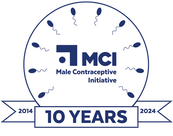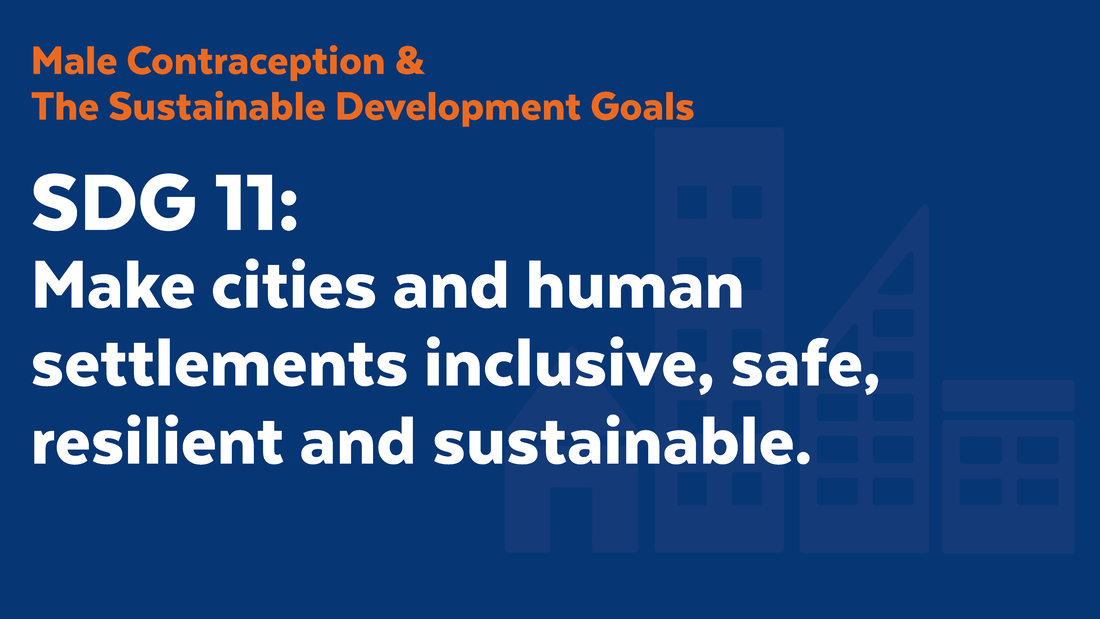|
Estimates indicate that the world is confronting the largest wave of urbanization in human history, with an anticipated 5 billion people expected to live in city settings by 2030. This shift to urban settings will add significant additional pressure on critical infrastructures, such as health systems, water, sanitation, and education, that are already struggling to meet the needs of the current urban population. While there is historically a correlation between urban dwellers and lower fertility rates compared to their rural counterparts, current DHS data indicate that this margin is modest, with an average fertility rate across 90 countries of 3.1 in urban compared to 4.4 in rural settings. In addition, while access to contraceptive information and products is thought to be greater in urban settings, this is not necessarily the case. Unmet need for contraception remains an issue for women in both urban (19%) and rural (21%) settings, further validating the need for more methods of contraception, including more male methods, as a means of preventing the additional familial and societal strain imposed by unintended pregnancies. That is why it’s so important to invest in new male contraceptives. Sources/References:
- “Investing in Family Planning: Key to Achieving the Sustainable Development Goals” by Ellen Starbird, Maureen Norton, and Rachel Marcus - “Population dynamics and climate change: what are the links?” by Judith Stephenson, Karen Newman, and Susannah Mayhew - United Nations Population Fund’s “Urbanization” - “Demand generation activities and modern contraceptive use in urban areas of four countries: a longitudinal evaluation” by Ilene S. Speizer, Meghan Corroon, Lisa Calhoun, Peter Lance, Livia Montana, Priya Nanda, and David Guilkey - The DHS Program STATcompiler. Funded by USAID. [Accessed Aug 17, 2021]. Comments are closed.
|
Categories
All
Archives
June 2024
|
|
|
Donate to Male Contraceptive InitiativeYour generous donation makes a difference!
|
© Male Contraceptive Initiative. All rights reserved.


 RSS Feed
RSS Feed
